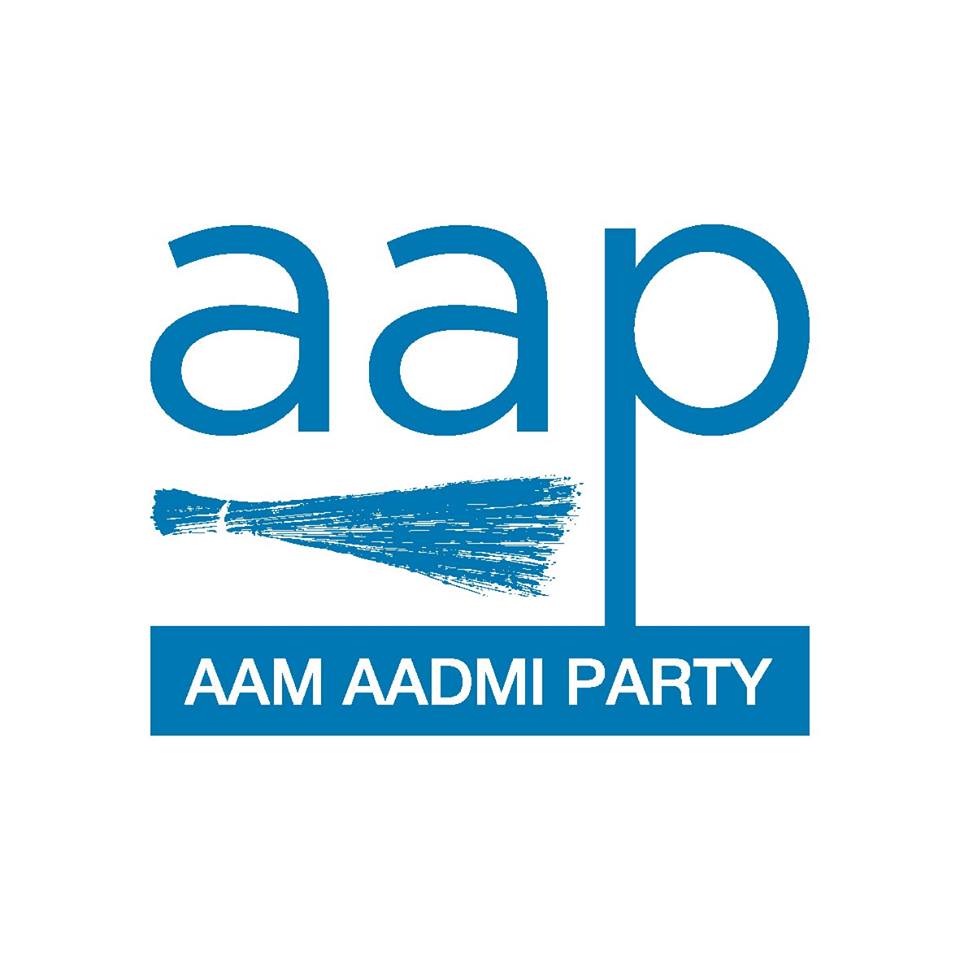

Reasons for Tax Revenue Increase under AAP
The AAP Delhi Government’s budget has more than doubled from Rs 31000 crores in 2014-15 to Rs 69,000 crores in 2021-2022, and Delhi is the only revenue surplus state in the country.
This increase in budget is in spite of the AAP government not imposing any new taxes in the last 7 years.
The Tax Revenues have grown steadily under the AAP Government.
Manish Sisodia, Delhi Dy CM and Finance Minister, gives the two key reasons for this significant increase in Tax revenue:
- End of ‘raid raj’ in Delhi thereby ending harassment of businessmen and increasing their trust in the government
- Reduction in tax rates to reduce tax theft and improving the tax compliance

A> End of Raid Raj
The AAP Delhi government believes that the majority of businessmen and traders want to do their business with honesty.
After AAP came to power for the first time in Dec 2013, the Delhi Government held several rounds of consultations with various business people, across various sectors and various market associations, to understand their concerns with respect to the government. It learnt that the raids on businessmen by inspectors from the different government departments were aimed at harassing the traders and, in most cases, extorting money from them.
With the objective of completely ending this Raid Raj / Inspector Raj, the Delhi Government shut down the Enforcement Department and surrendered all its inspectors/officers.
This big step by the government not only increased the tax compliance, but also gave a message to all government departments about the no-nonsense character of the government as regards corruption.

B> Reduction in VAT
The AAP government brought down the VAT rate from 12.5% to 5%.
First, it did so on one item and found, as it had expected, that the VAT collection actually went up due to increased tax compliance. After that, the tax was reduced from 12.5% to 5% on another 44 items.

Increase in Tax Revenues
Contrary to what one would expect, the 2 major steps of ending raid raj and reducing VAT rates actually resulted in an increase in VAT collections during the AAP government’s 49-day rule from Dec 2013 to Feb 2014, reinforcing their belief that coercion does not work and that, if a government provides an atmosphere conducive for doing business, tax collections will go up.
“It is clear that the decision of the AAP government to disallow even a single raid on traders resulted in a 21 per cent increase in VAT revenue collections for the Delhi government.” – Manish Sisodia, Delhi Dy CM and Finance Minister, on increased VAT collections during AAP’s 49-day rule (Link)
After the AAP government quit in Feb 2014, Delhi came under the rule of the Centre. The raids started again and VAT collections fell.
“At least 200 raids are being conducted every month and these are proving to be counter-productive. The VAT revenue collections for the first quarter of the current financial year are merely at Rs 3808 crore, meaning that a 33 per cent fall in revenue.” – Manish Sisodia, present Delhi Dy CM and Finance Minister, in Dec 2014 (Link)
“While we were in the government, there was a record collection of revenue. After our government stepped down last year, there was a decline of Rs 4,350 crore. Why was this? During the last 8-9 months when the BJP was controlling the Delhi administration, there were many raids on the traders. The Finance Minister had a meeting with the VAT commissioner and asked him to stop unnecessary raids on businessmen who are not in the defaulters list.” – Arvind Kejriwal, Delhi CM, on 25th Feb 2015 (Link)
In the five years of AAP’s 2nd term, tax revenues have seen a huge increase.
- The Budget of the government has nearly doubled from 31000 crores in 2014-15 to 60000 crores in 2019-20 without any new taxes imposed.
- Revenues almost doubled between 2015 and 2019.
- Tax revenues went from 27000 crores to 42000 crores (a 55% increase) in just 5 years. (Source: Delhi Dialogue and Development Commission Performance Report 2015-2019)
“In five years from 2010-2015, the revenues increased by Rs 1,000 crore per year on an average, but from 2015 to the present, it grew by nearly Rs 6,000 crores per year.” – Arvind Kejriwal, Delhi CM in Sep 2019 (Link)
- Between Feb 2015 and June 2015, the VAT (value added tax) collection in just 4 months of AAP’s rule surged by 26 per cent. During President’s rule, the increase in VAT collection was a mere 2.03 per cent.

Revenue Receipts – Rate of growth
Revenue receipts of states comprise revenue from own sources (Tax and non-Tax), and grant from the center.
Delhi’s Revenue has consistently grown at a higher CAGR rate since 2015:
- 10% CAGR between 2011-15, and
- 13% CAGR between 2014-19

(Source: Dialogue & Development Commission Compendium – January 2020, Page 133)
Delhi’s Tax Revenue grew at the rate of
- 10% CAGR between 2011-15
- 12% CAGR between 2014-19

(Source: Dialogue & Development Commission Compendium – January 2020, Page 134)

Revenue Surplus
[ ‘Revenue Deficit’ is the gap between the revenue components of receipts and expenditure, i.e. revenue disbursements and revenue receipts. ]
As per RBI’s “State Finances: A Study of Budgets” reports”, the Delhi Government has maintained a Revenue Surplus consistently from 2015-16 till 2019-20. This is in spite of not increasing any taxes since 2015, and despite several welfare schemes like free electricity, free water, free bus travel for women, world class free education and healthcare to all.


